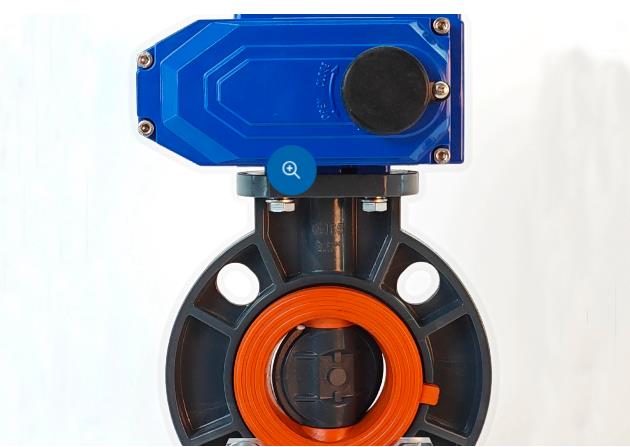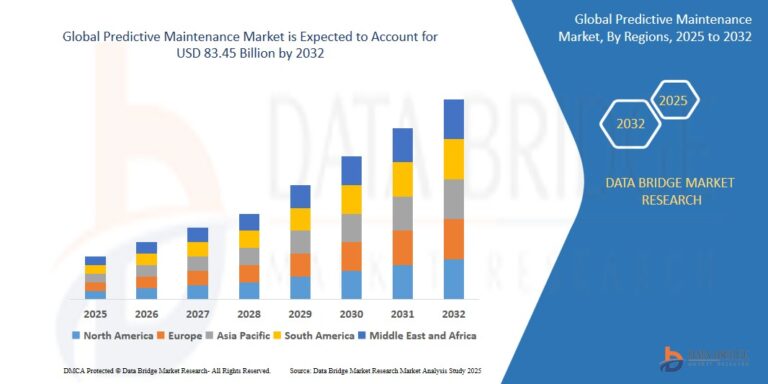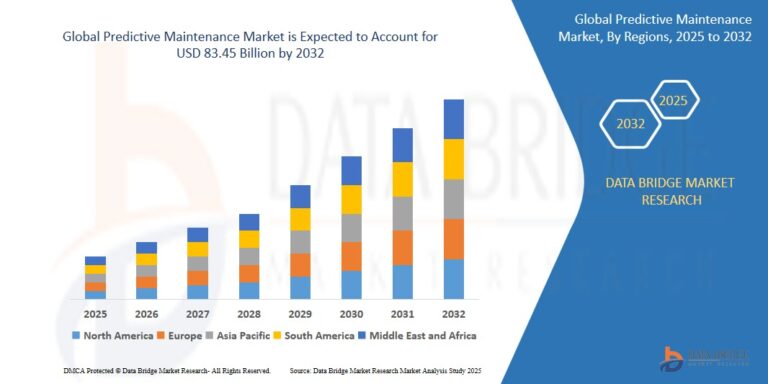A Brazilian Butt Lift (BBL) is widely sought after for enhancing curves naturally using your own fat. While most patients are thrilled with the results, some may feel the outcome isn’t what they expected. Whether it’s overcorrection, asymmetry, or dissatisfaction with volume, questions often arise: Can a Brazilian Butt Lift (جراحة شد المؤخرة البرازيلية ) be reversed, and what are the safest options?
This article provides a detailed overview for patients concerned about reversing or modifying their BBL results, including recovery considerations, pigmentation concerns, and long-term effects.
Understanding Brazilian Butt Lift Results:
A Brazilian Butt Lift involves liposuction to harvest fat from donor areas like the abdomen, thighs, or flanks, which is then purified and injected into the buttocks to enhance volume, shape, and symmetry.
Why Some Patients May Want Reversal?
-
Excess Volume: The transferred fat may result in a size larger than desired.
-
Asymmetry: Uneven fat distribution may create imbalance between the buttocks.
-
Personal Preference: Lifestyle changes or evolving aesthetic goals can affect satisfaction.
-
Pigmentation or Bruising: Temporary discoloration in liposuction or injection areas may alter the appearance initially.
Is a Brazilian Butt Lift Reversible?
Unlike implants, a BBL uses your own fat, which makes “reversal” more nuanced. Technically, the fat cannot be “removed” like an implant, but there are options to adjust or reduce the outcome.
Options for Adjusting Results:
-
Liposuction of Buttocks: Excess fat can be removed via secondary liposuction to reduce size or correct asymmetry.
-
Fat Dissolving Injections: Certain non-surgical treatments can reduce small pockets of unwanted fat.
-
Revision Procedures: Skilled contouring techniques can refine shape or balance uneven areas.
It’s important to note that these procedures require proper healing time and assessment, usually several months after the initial BBL to ensure fat has stabilized.
Timing and Considerations:
Fat survival is critical in a BBL. During the first 3-6 months, transferred fat can fluctuate due to natural absorption, weight changes, or lifestyle habits. Attempting a reversal too early may compromise long-term results.
Key Guidelines:
-
Wait at least 3-6 months post-procedure before making decisions.
-
Assess results after swelling and bruising have fully resolved.
-
Consult with a qualified professional to discuss realistic adjustment options.
Pigmentation and Aesthetic Considerations:
Some patients notice temporary pigmentation changes or bruising in liposuction or injection areas. These side effects usually fade over time and don’t affect long-term shape. However, if pigmentation concerns impact overall satisfaction, non-invasive treatments such as laser therapy or topical care may help reduce discoloration.
Managing Expectations:
Understanding that a Brazilian Butt Lift is semi-permanent is essential. Fat that survives the transfer typically remains long-term, but weight fluctuations, lifestyle habits, and natural aging can alter the outcome. Being realistic about size, shape, and symmetry prior to surgery can minimize the need for adjustments.
Tips for Satisfaction:
-
Follow post-procedure guidelines closely, including sitting restrictions.
-
Maintain a stable weight to preserve fat volume.
-
Communicate openly about goals and expectations before the procedure.
Alternative Solutions if You’re Unsatisfied:
Even if a full reversal isn’t possible, there are ways to improve your BBL results:
-
Refinement Liposuction: Targeting small areas of excess fat for a more balanced shape.
-
Fat Transfer Revision: Adding or redistributing fat to enhance symmetry.
-
Non-Surgical Contouring: Sculptra or similar treatments to improve shape and fullness subtly.
These options allow adjustments without compromising overall results or causing excessive trauma to treated areas.
Recovery After Adjustment:
Recovery from a BBL adjustment depends on the chosen approach. For example:
-
Liposuction of the Buttocks: Usually involves 1-2 weeks of limited activity.
-
Non-Surgical Treatments: Minimal downtime, with mild swelling or redness possible.
Following proper aftercare and avoiding direct pressure on the buttocks is crucial to maintain the best results.
Frequently Asked Questions:
Can fat from a Brazilian Butt Lift be fully removed?
No, but excess fat can be reduced with secondary liposuction or other contouring methods.
When can I consider an adjustment?
Typically, 3-6 months post-procedure after swelling and fat stabilization.
Will pigmentation changes go away?
Yes, most bruising or discoloration fades naturally within weeks to months.
Are non-surgical options effective for adjustments?
Yes, treatments like fat-dissolving injections or Sculptra can refine shape subtly.
How long does recovery take for adjustments?
Recovery varies from minimal downtime for non-surgical options to 1-2 weeks for liposuction-based refinements.
Conclusion:
While a Brazilian Butt Lift in Dubai (جراحة شد المؤخرة البرازيلية في دبي) cannot be fully reversed like an implant-based procedure, there are multiple options for patients unhappy with their results. Secondary liposuction, fat-dissolving injections, or refinement procedures can adjust volume and symmetry safely. Pigmentation changes and swelling typically resolve over time, allowing a clearer assessment of final results.
The key to satisfaction is realistic expectations, careful monitoring of healing, and consultation about adjustment possibilities. With the right approach, patients can modify their results to achieve a natural, aesthetically pleasing outcome that aligns with their goals.




